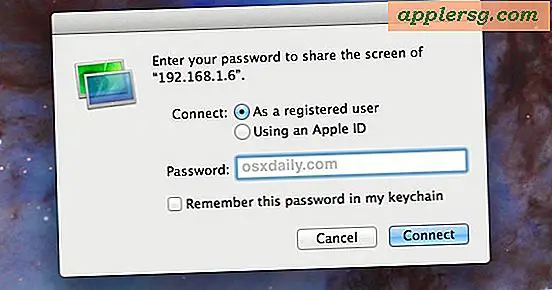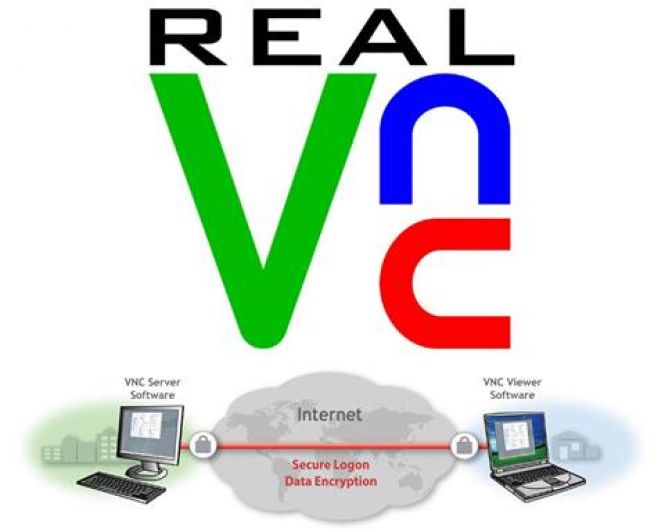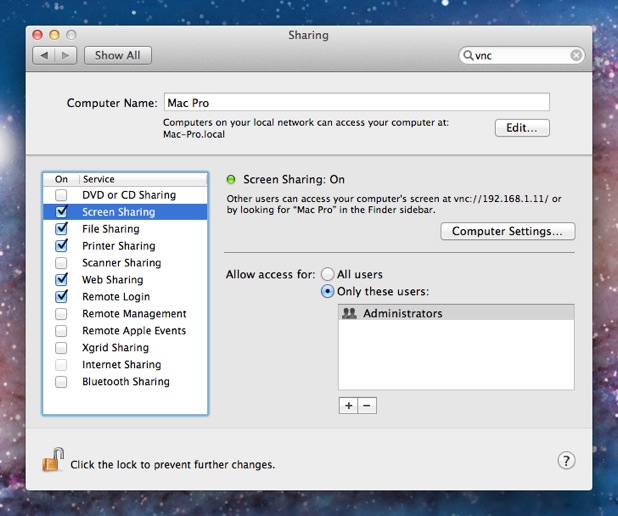

iRapp had OS X El Capitan support a few months after it was released, but when I asked for a trial license from Aqua they said Aqua is still a week or more out from having a beta with support for El Capitan (and this was over a year after EC was released!). Aqua is supposedly faster (they've improved on the RDP protocol and call it AAP) but unfortunately they are slow in development. In fact, Aqua was first with RDP and they sued iRapp for reverse engineering their product, but lost the case.
#Vnc viewer for mac os x el capitan install#
Even a trial license I had a copy of wouldn't install without their license server being up.Īfter some research, I found that Aqua Connect is the only iRapp competitor around that offers an OS X RDP server. As of around my license for iRapp server said it was blocked because it couldn't contact the license server and I could find no way to get it working again. But if all of these options don't provide you with the experience you're looking for, consider contacting your ISP and upgrading your bandwidth (which generally costs more $$$).IRapp was my favorite fast screen sharing server for OS X, but they went bankrupt around June 2016 and their license server was taken down at some point. Experiment with other supplied options like enabling CopyRect encoding and adjusting other custom compression levels.Įxperimentation is key to optimizing your VNC connection. I find this is most useful for viewing a desktop machine from a handheld device, which has constrained display area.Ĥ. This is CPU-intensive on the server, so if the quality level is adjustable, try experimenting with it to see if you're comfortable with the trade-offs between screen refresh latency and display quality.ģ. If your client offers allowing JPEG compression, try turning this on. There are other encodings, such as "Hextile", "CoRRE", "ZlibHex", "Zlib" and "RRE" which may be more appropriate depending on your setup.Ģ. I find that "Tight" works well over constrained bandwidths, but if the VNC server is on your LAN, that "Raw" encoding may work better. decrease the latency of the screen response):ġ. Here are some other ways to speed up the connection (i.e. Perhaps the site maintainer might considering merging this with the original post? This is a pretty lengthy comment, and while there's enough new content to justify its own hint, I don't want to create a totally separate hint on this topic. Even if you can't stand 256 colors, try Thousands instead you should still see an increase in rendering speed.]

In CotVNC, you do this via the Connection -> Connection Profiles menu option, then click on the Colors tab. You may see another speed boost if you tell your VNC client to only display 256 colors. There used to be quite a few Mac clients, but the only one I'm aware of with any recent activity is Chicken of the VNC (CotVNC). Redstone Software, though, makes an OS X VNC server called, simply enough, OSXvnc.

RealVNC is the official home of the software, but they don't offer a Mac server (just PC/Unix servers and clients). [ robg adds: For those who don't know, VNC is a way to control one computer's GUI from another location. Like I said, a very simple and obvious hint. Last night, I switched the background to a flat colour only, and the increase has been almost astronomical. I had all manner of fancy images used as desktop backgrounds on my Mac.

The speed isn't too bad, but I've found a very simple (and once you know, completely obvious) way to increase the connection speed. I use VNC on an XP box at work to connect to my Mac at home.


 0 kommentar(er)
0 kommentar(er)
